When it comes to choosing suckler replacements, farmers are investing in the future of their herd. Selecting the best available genetics always pays off in the long term.
But when it comes to the system of choosing replacements, which option is best – breeding your own or buying in?
There are merits and drawbacks to both options, given the correct context.
For example, rearing your own heifers is generally regarded as the best method for producing replacements, as farmers know the breeding background of these animals and there is no associated disease risk.
Buying in
However, for a suckler farmer with 15 to 25 cows, there is plenty of merit in linking up annually with a neighbouring farmer who specialises in producing in-calf heifers.
For a suckler farmer with smaller numbers, buying in replacements from the same farm every year makes things simple to manage.
It means the farmer only requires one stock bull for mature cows. This can be a more terminally-bred animal, maximising the value of weanlings sold live or cattle taken through to slaughter.
Buying heifers from the same farm every year is the next best thing to breeding your own. It will allow farmers to keep a handle on disease risks, calving ease, calf quality and milking ability in cows.
What can you afford to pay?
But is it cheaper to breed your own or buy in replacements? When deciding on what you can afford to pay for replacements, there are various factors to consider.
These include the type of animal, the level of demand for quality replacements, longevity and cull value.
As a starting point to working out what you can pay for in-calf heifers, a farmer should get a handle on what it costs to rear homebred heifers.
If a suckler farmer can purchase better-quality genetics for less than can be produced from their own herd, then buying in replacements from a designated neighbouring herd is better value for money, and vice versa.
Table 1 outlines an example of the costs associated with rearing homebred heifers through to calving down at 24 months of age.
The budget starts with a cost of €1,000 for keeping a cow and calf unit annually, with fixed costs counted in against the cow. From January to April, heifer weanlings are wintered on 25kg/day of silage (€30/t) and 2kg/day of concentrate (€280/t). Heifers are then grazed, served to AI and rehoused in October. From housing until calving, the heifers average 35kg/day of silage.
Veterinary costs, straw and minerals are factored in to the example, plus £200/head to cover labour and time spent tending to heifers in their second year. Based on the outlined example, the cost for the farmer to produce homebred replacements is €1,698.
Consideration
As a rule of thumb, if similar or better-quality replacements can be purchased for less than the cost of rearing homebred heifers on the example farm, then this is the best option for this farm business.
But if it costs more than this to purchase replacements, the farmer may be better off breeding their own heifers.
Excluded factors
The outlined costs are hypothetical and meant as a guide for farmers to weigh up the pros and cons of breeding replacements or buying in animals.
Excluded from the example are the less obvious costs, such as availability of grazing land, housing space, keeping a second bull for heifers, heat detection for AI and the quality of calves born from heifers.
Read more
Sailing disruptions put a dampener on export calf prices
Newford Farm update: weather playing ball with ideal grazing conditions
When it comes to choosing suckler replacements, farmers are investing in the future of their herd. Selecting the best available genetics always pays off in the long term.
But when it comes to the system of choosing replacements, which option is best – breeding your own or buying in?
There are merits and drawbacks to both options, given the correct context.
For example, rearing your own heifers is generally regarded as the best method for producing replacements, as farmers know the breeding background of these animals and there is no associated disease risk.
Buying in
However, for a suckler farmer with 15 to 25 cows, there is plenty of merit in linking up annually with a neighbouring farmer who specialises in producing in-calf heifers.
For a suckler farmer with smaller numbers, buying in replacements from the same farm every year makes things simple to manage.
It means the farmer only requires one stock bull for mature cows. This can be a more terminally-bred animal, maximising the value of weanlings sold live or cattle taken through to slaughter.
Buying heifers from the same farm every year is the next best thing to breeding your own. It will allow farmers to keep a handle on disease risks, calving ease, calf quality and milking ability in cows.
What can you afford to pay?
But is it cheaper to breed your own or buy in replacements? When deciding on what you can afford to pay for replacements, there are various factors to consider.
These include the type of animal, the level of demand for quality replacements, longevity and cull value.
As a starting point to working out what you can pay for in-calf heifers, a farmer should get a handle on what it costs to rear homebred heifers.
If a suckler farmer can purchase better-quality genetics for less than can be produced from their own herd, then buying in replacements from a designated neighbouring herd is better value for money, and vice versa.
Table 1 outlines an example of the costs associated with rearing homebred heifers through to calving down at 24 months of age.
The budget starts with a cost of €1,000 for keeping a cow and calf unit annually, with fixed costs counted in against the cow. From January to April, heifer weanlings are wintered on 25kg/day of silage (€30/t) and 2kg/day of concentrate (€280/t). Heifers are then grazed, served to AI and rehoused in October. From housing until calving, the heifers average 35kg/day of silage.
Veterinary costs, straw and minerals are factored in to the example, plus £200/head to cover labour and time spent tending to heifers in their second year. Based on the outlined example, the cost for the farmer to produce homebred replacements is €1,698.
Consideration
As a rule of thumb, if similar or better-quality replacements can be purchased for less than the cost of rearing homebred heifers on the example farm, then this is the best option for this farm business.
But if it costs more than this to purchase replacements, the farmer may be better off breeding their own heifers.
Excluded factors
The outlined costs are hypothetical and meant as a guide for farmers to weigh up the pros and cons of breeding replacements or buying in animals.
Excluded from the example are the less obvious costs, such as availability of grazing land, housing space, keeping a second bull for heifers, heat detection for AI and the quality of calves born from heifers.
Read more
Sailing disruptions put a dampener on export calf prices
Newford Farm update: weather playing ball with ideal grazing conditions



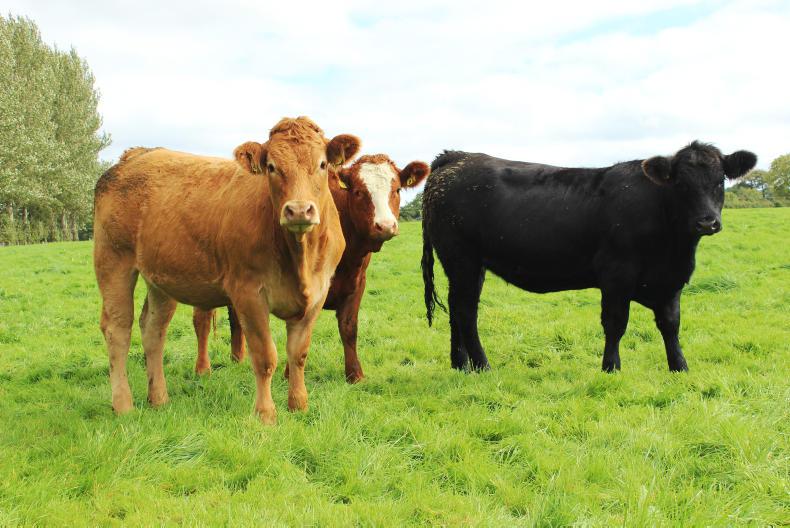

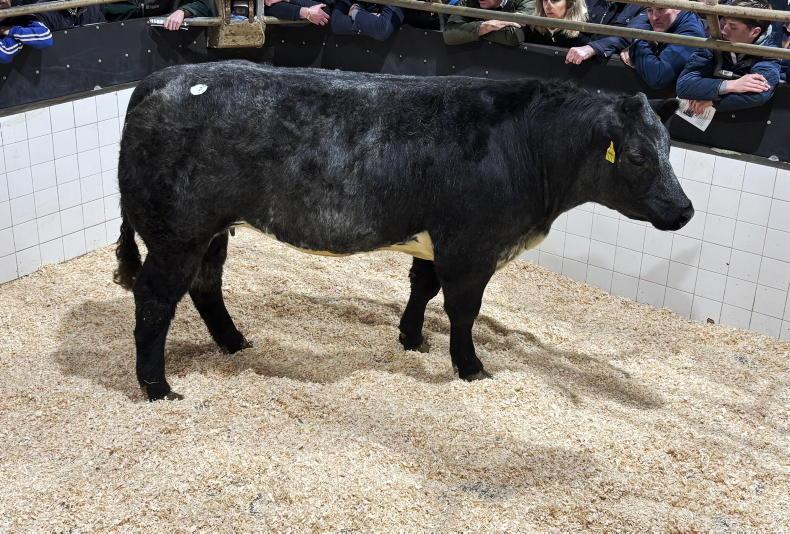

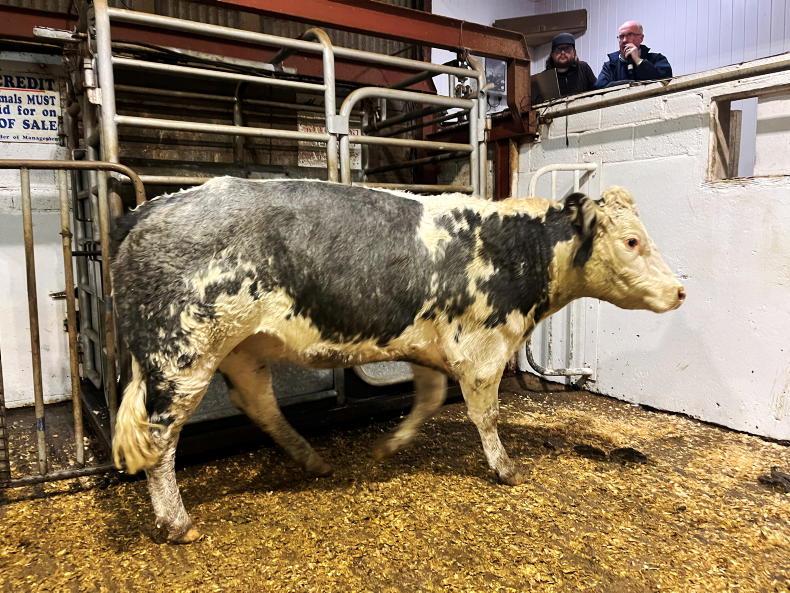
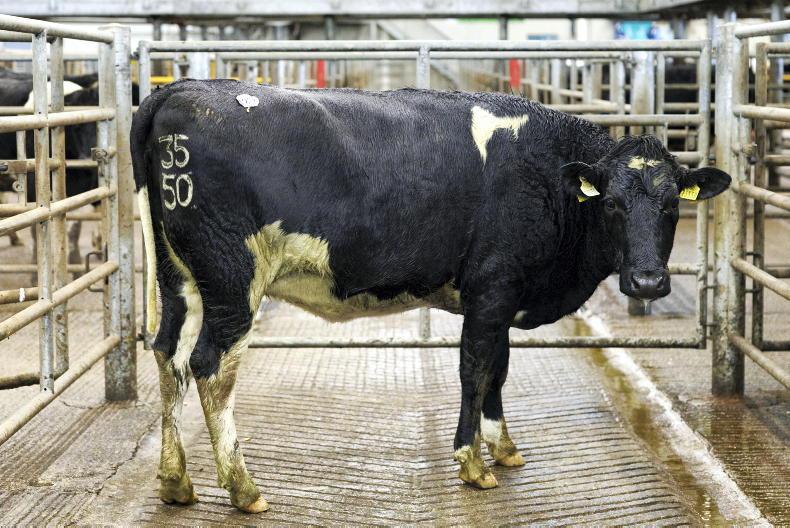
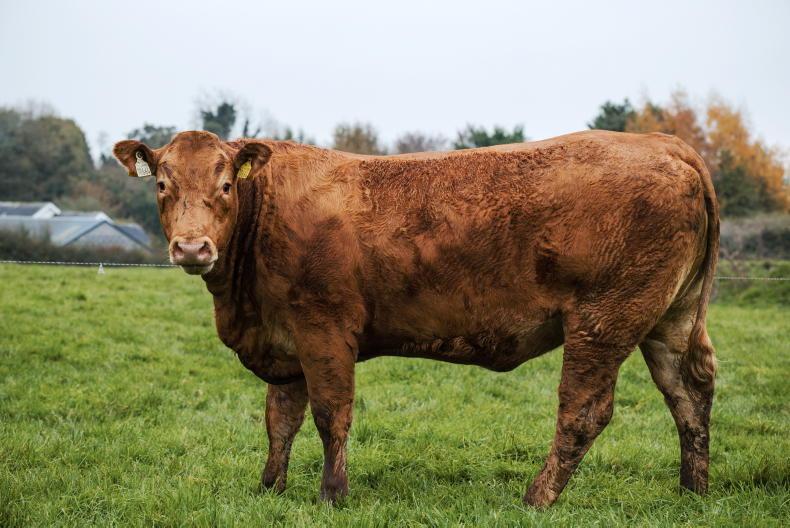
SHARING OPTIONS